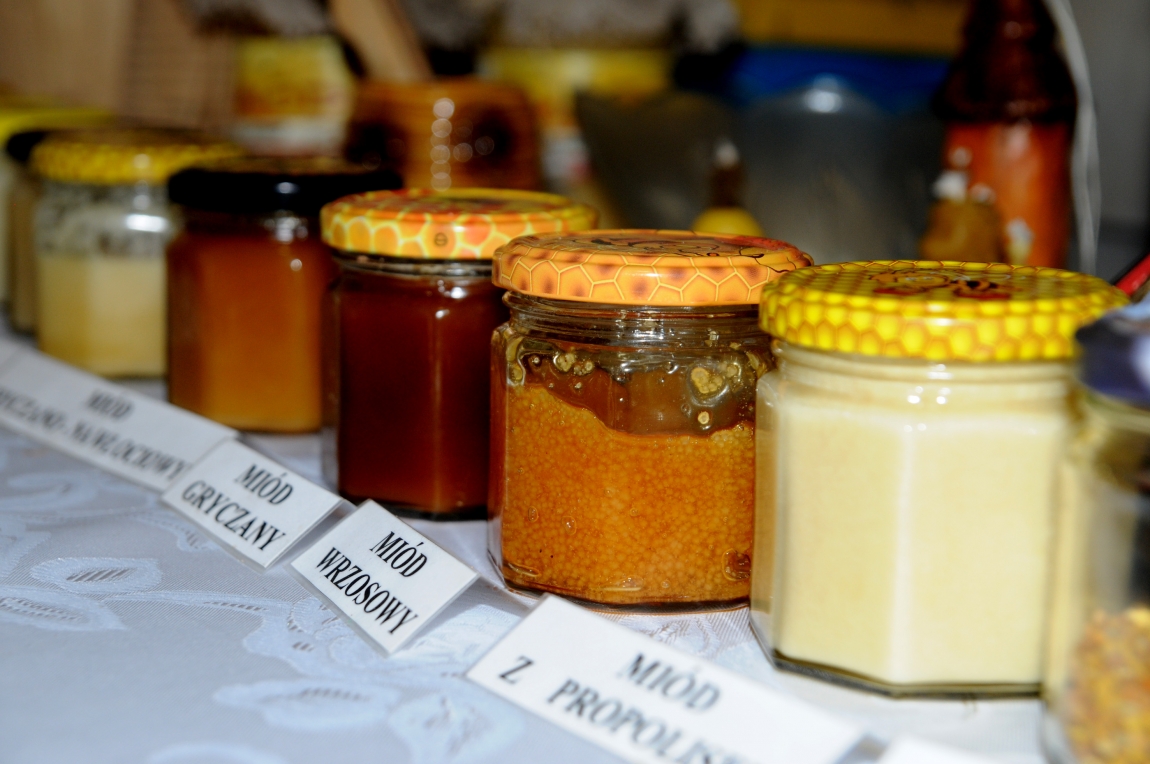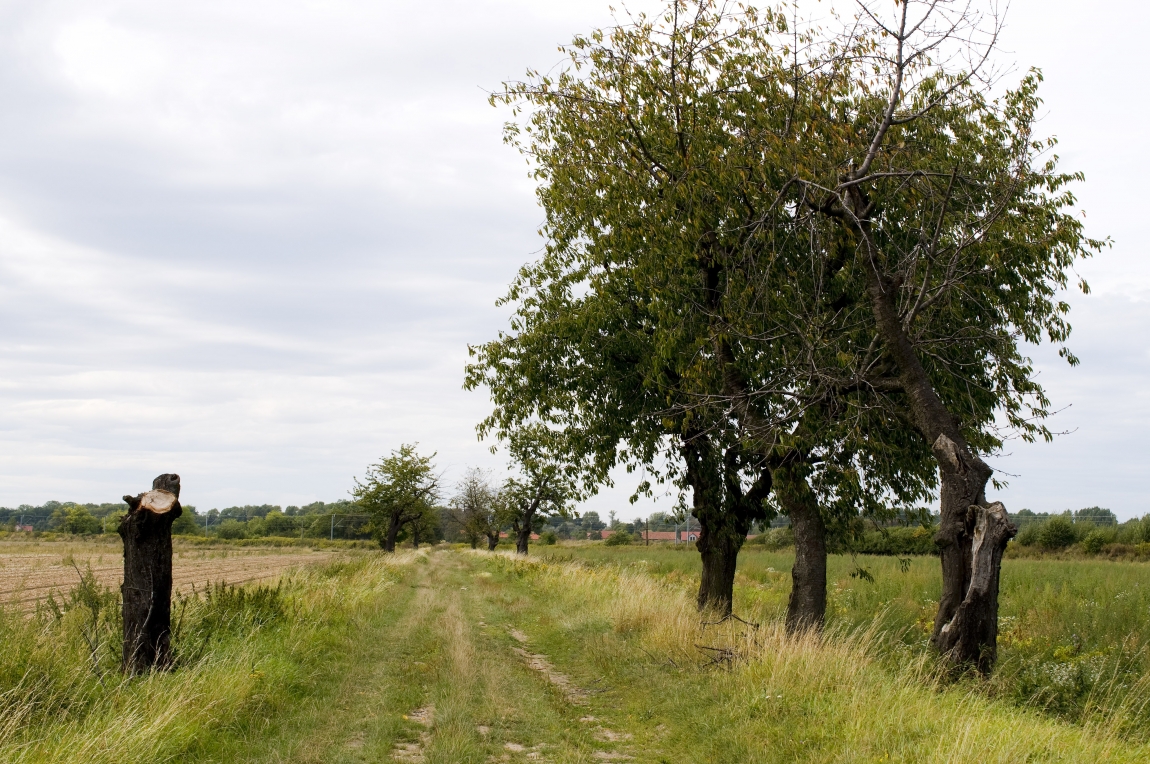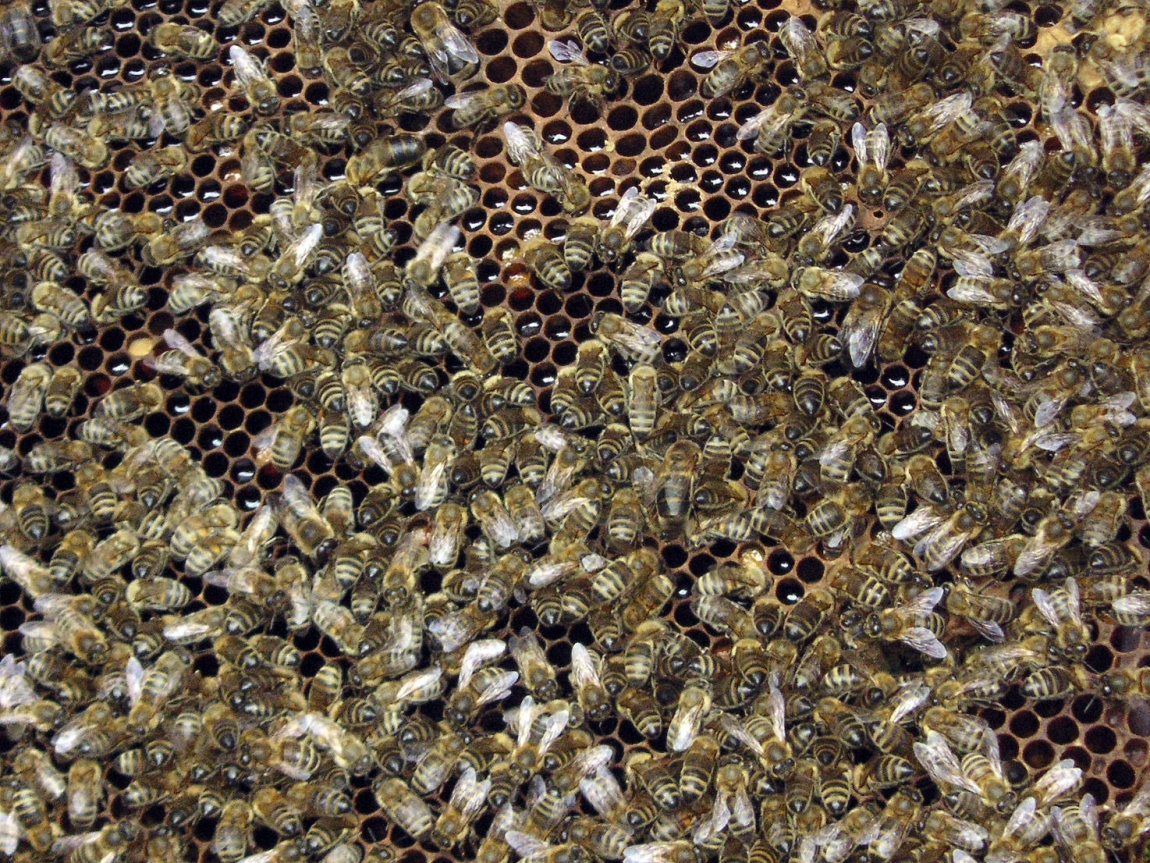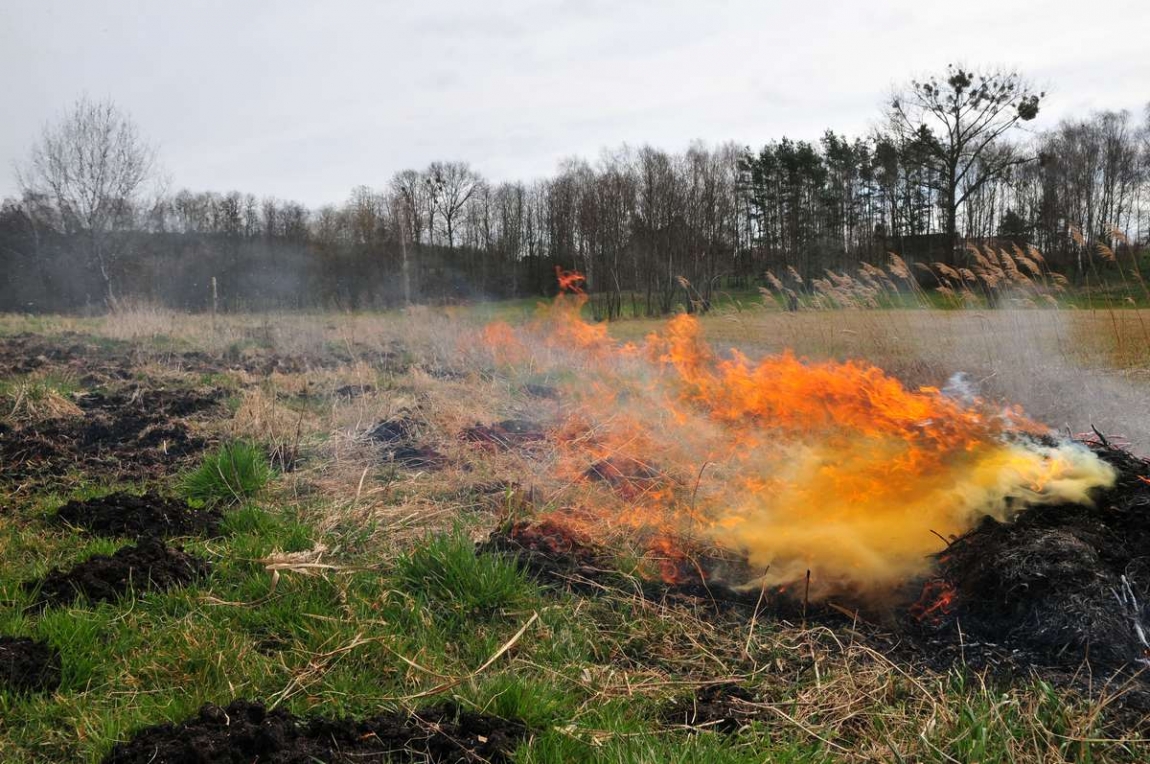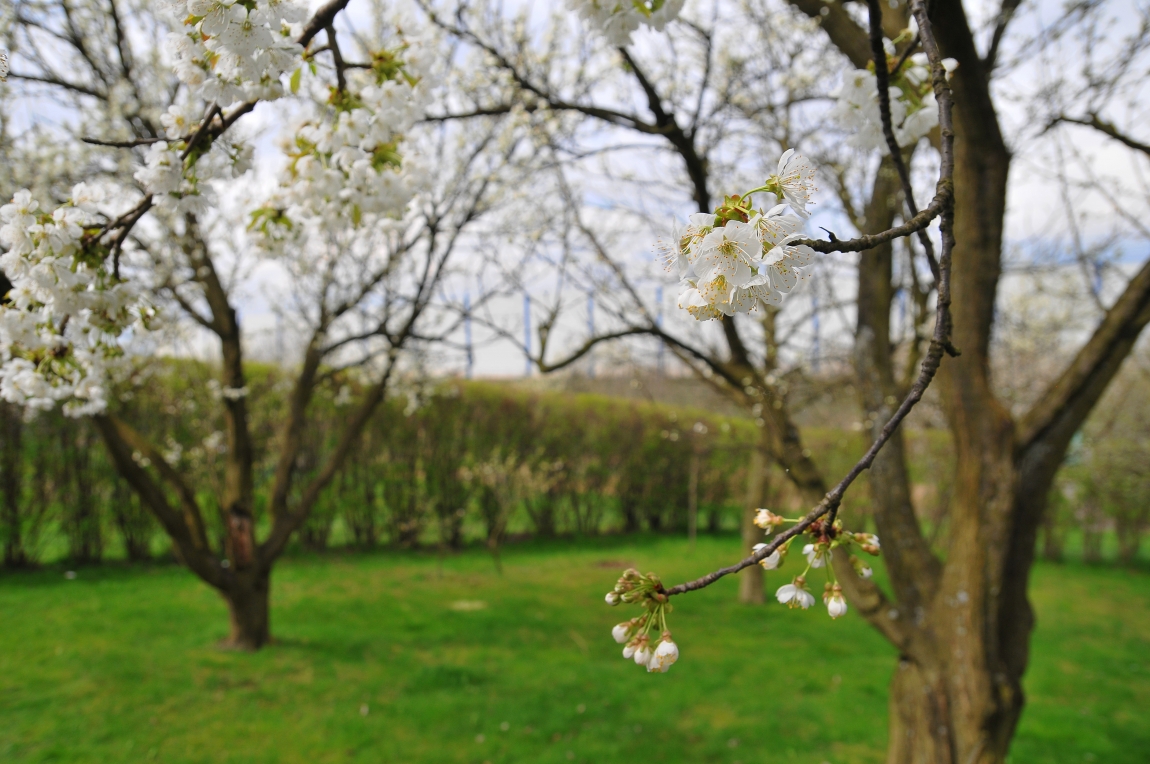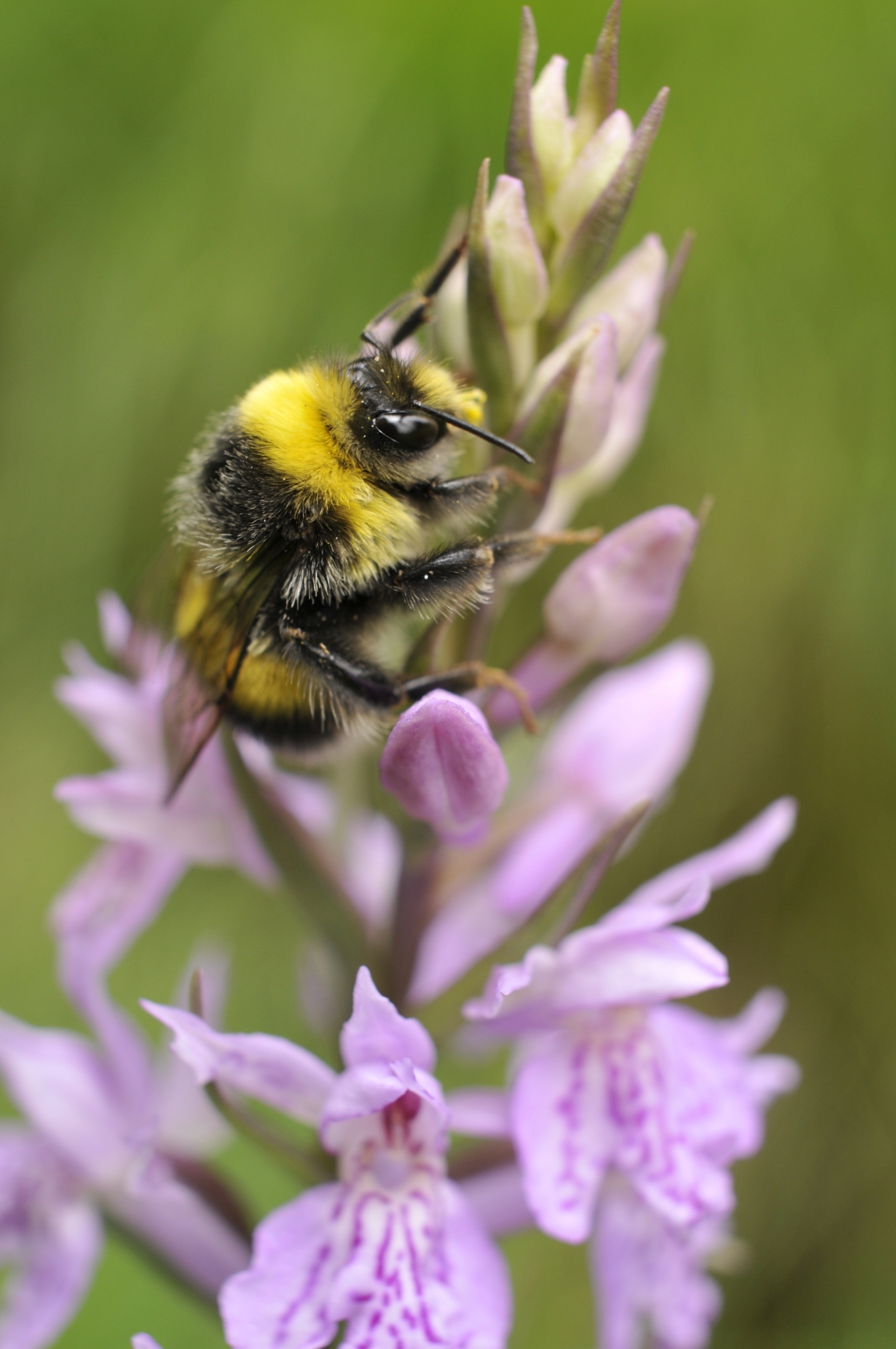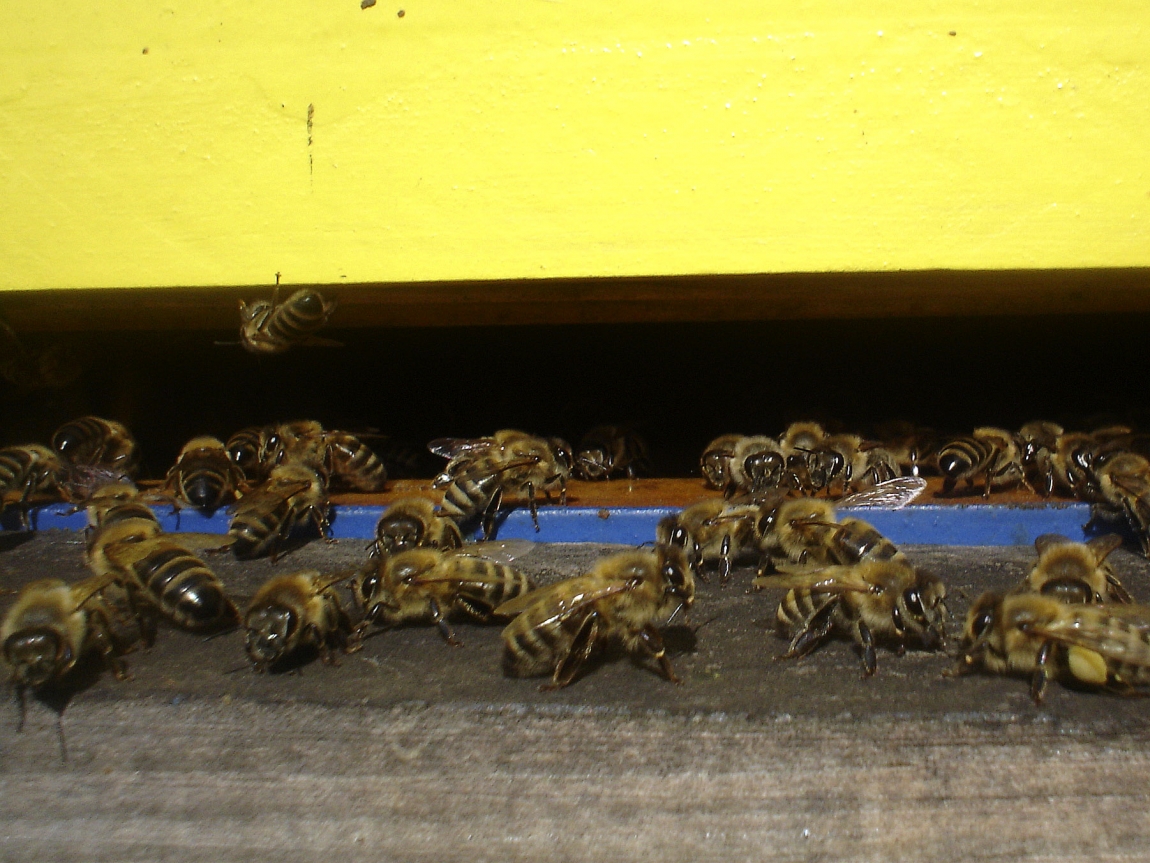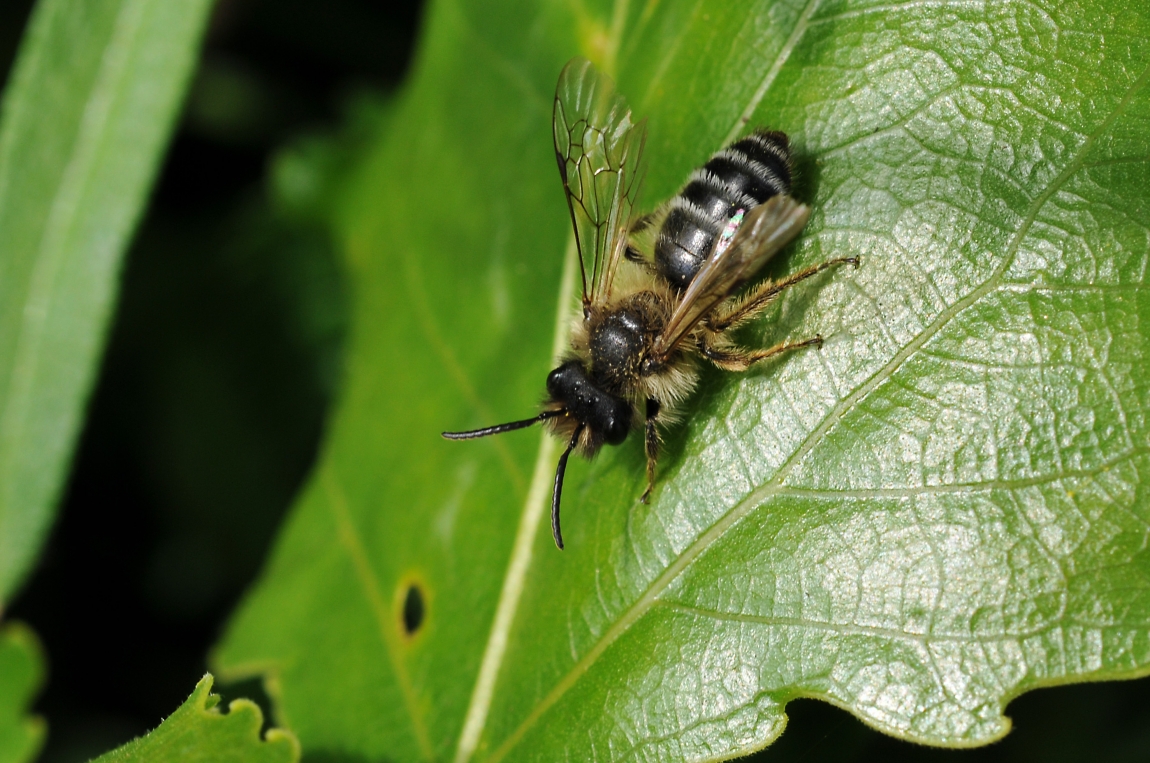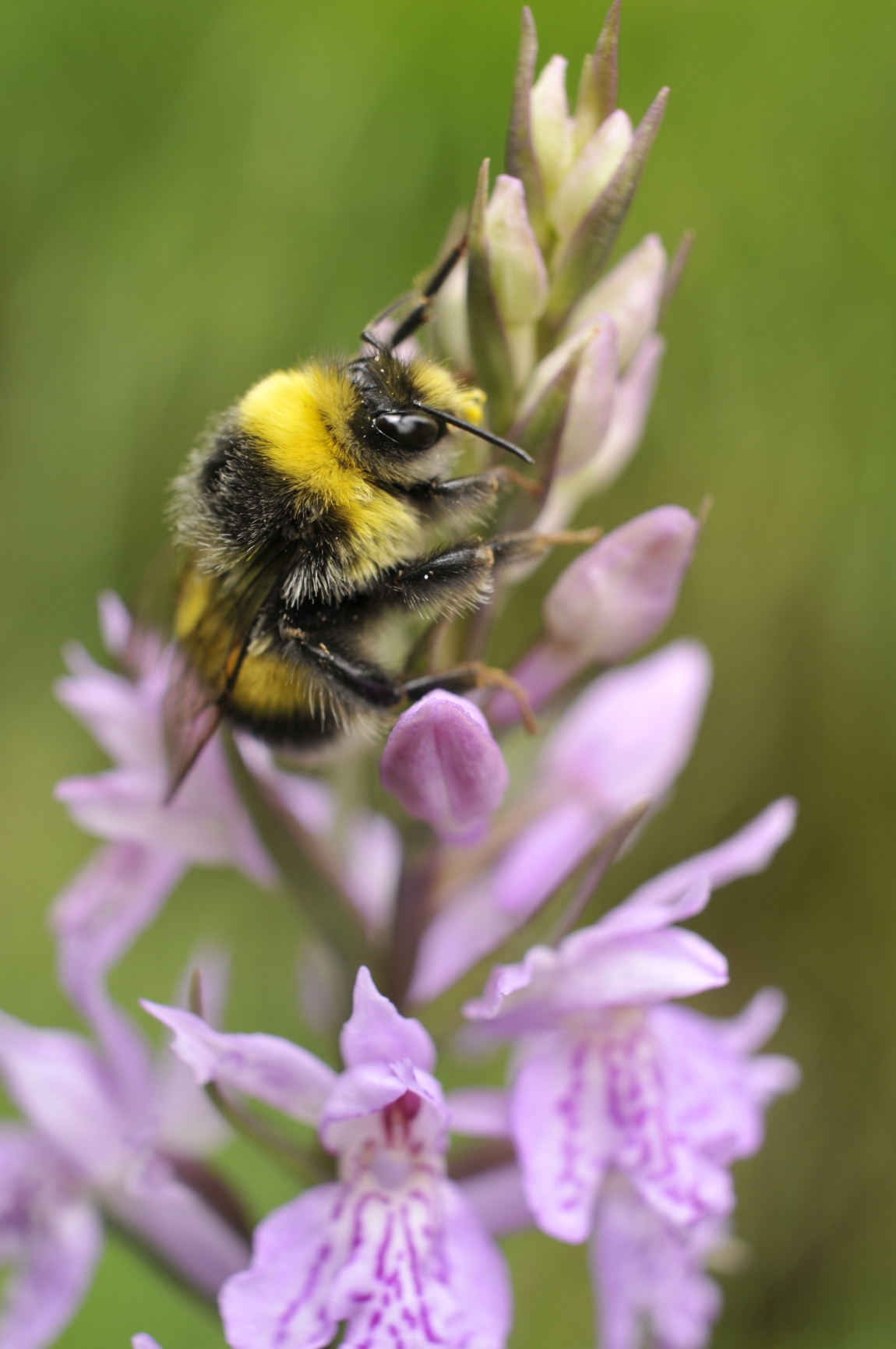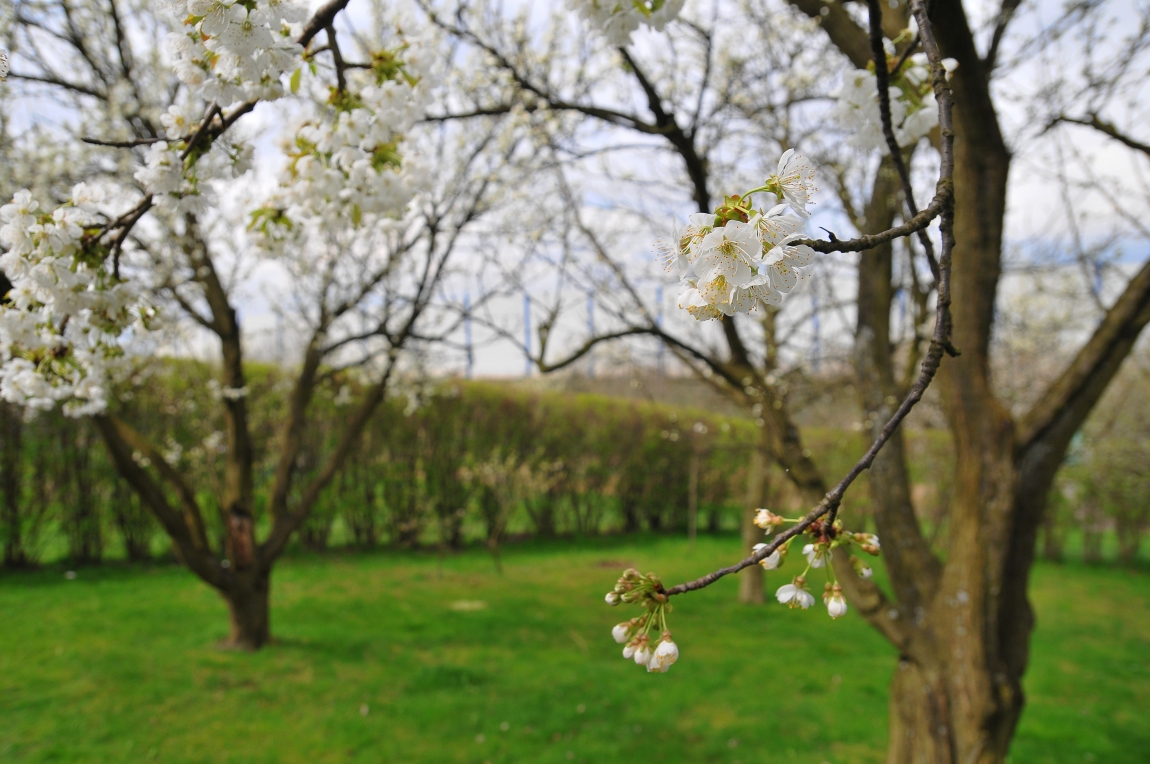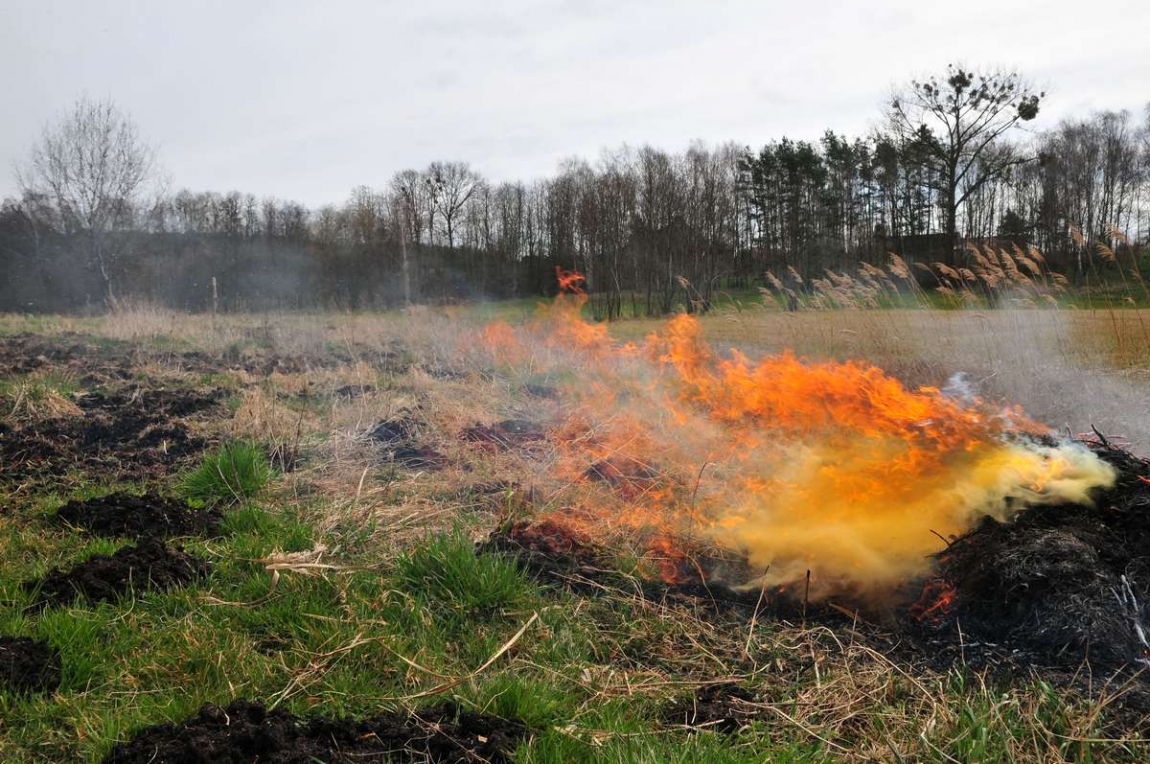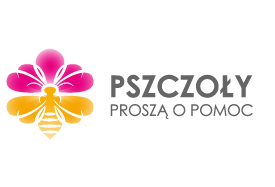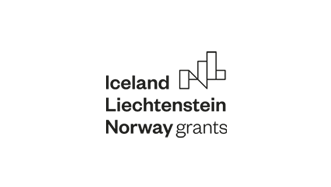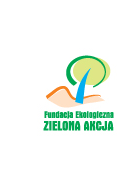Course materials
Products of the bees - kinds, characteristics and purpose
Written by Paweł Migdał, Adam Roman, Ewa Popiela-Pleban Uniwersytet Przyrodniczy we WrocławiuBees provide many raw materials and products that are used in various areas of our lives - from direct consumption to processing in the pharmaceutical industry.
Among bee products stand out those that are:’
The ways to protect pollinators
Written by Paweł Migdał, Adam Roman, Ewa Popiela-Pleban + Uniwersytet Przyrodniczy we WrocławiuThere are many challenges for insects to face every day. Most of these challenges is of anthropogenic origin, many obstacles arose as a result of changes in the environment. Many of the existing species of pollinating insects are threatened with extinction, some of them even critically endangered. Unfortunately, there are also species of bee that already are believed to be extinct, because they did not show their presence in the environment for many years. There is also a decrease, year after year
Varrosis – still actual problem of bee families
Written by Martyna Wilk - Uniwersytet Przyrodniczy we WrocławiuVarroasis is threatening parasitic disease of brood and adult bees. It is caused by the mite Varroa destructor, which occurred in Poland in the late 70s of the twentieth century. It is now the most common disease in the world.
The dangers faced by pollinators from agriculture
Written by Paweł Migdał, Adam Roman, Ewa Popiela-Pleban - Uniwersytet Przyrodniczy we WrocławiuIn an era of growing nutritional needs of the modern world, one of the priorities is to intensify agriculture to increase food production.
Intensive agriculture is based primarily on:
The importance of pollinators for the environment and human life
Written by Paweł Migdał, Ewa Popiela-Pleban, Adam Roman - Uniwersytet Przyrodniczy we WrocławiuThe average person thinking about bees, thinks only about honeybee, forgetting or simply not knowing that in Poland live approx. 474 species of bees, and the honey bee is just one of them. For the most part these are wild pollinators which don’t create organized communities. These insects are of great importance for biodiversity of flora of the area, because above all they are indispensable pollinators of both plants commonly grown in environmentally and economically utilized by man.
Bumblebees – biology of the family and their significance for environment
Written by Martyna Wilk - Uniwersytet Przyrodniczy we WrocławiuNowadays, the problem of the decrease in the honeybee population strengthens the role of bumblebees in farming. It’s estimated that there is 31 species of bumblebee in Poland. However, there are only few known species that are common, like large earth bumblebee (Bambuslapidariesterrestris L.), white-tailed bumblebee (Bombuslucorum L.) and red-tailed bumblebee (Bombus lapidaries L.).All types of bumblebees are under protection in Poland, but their population is still decreasing. That’s why it is important to protect those insects by creating suitable living conditions, which also protect other pollinators, animals and plants.


